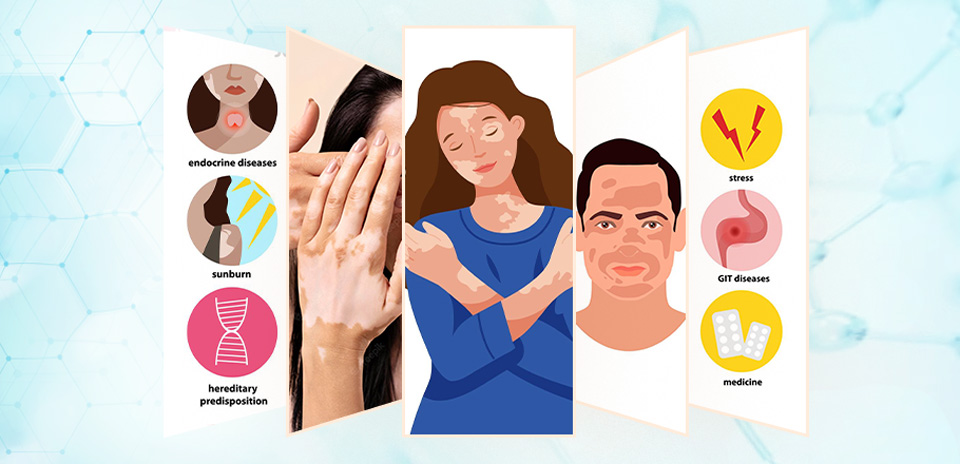
Vitiligo Surgery
Vitiligo is a common skin disease that presents as white macules and patches. It affects 1%-2% of the population, regardless of age, sex and races. Although the condition has no systemic consequences, it is rather concerning from a cosmetic standpoint.
Causes of vitiligo:
Vitiligo is an autoimmune disease where the immune system became overactive and destroys melanocytes (the cells that produce melanin). 20% cases it may be genetic.
There are some factors that can aggravate the disease such as sunlight, stress, injury or trauma, etc.
How vitiligo is diagnosed?
The doctor will conduct a comprehensive clinical examination and a "wood's light" test to accurately diagnose this disease. To further rule out the potential of other disorders, blood testing, and a skin biopsy may be advised.
Treatment:
The re-pigmentation treatment is most effective on the face and trunk; hands, feet, and areas with white hair respond poorly.
A variety of treatment options are now available to treat vitiligo, such as, medical (creams/ointments, oral drugs, and phototherapy) and surgical.
In recent decades, various technical methods are used in the surgical treatment of vitiligo. The choice of surgical therapy depends on the type of vitiligo and the extent and location of the lesions.
In our center, we are successfully doing Non-Cultured Melanocyte Transfer (NCMT), Follicular Grafting, Micro Punch Grafting, Mini Punch Grafting, Suction Blister Epidermal Grafting, Split-Thickness Skin Grafting (STSG).
Contact for inquiry or